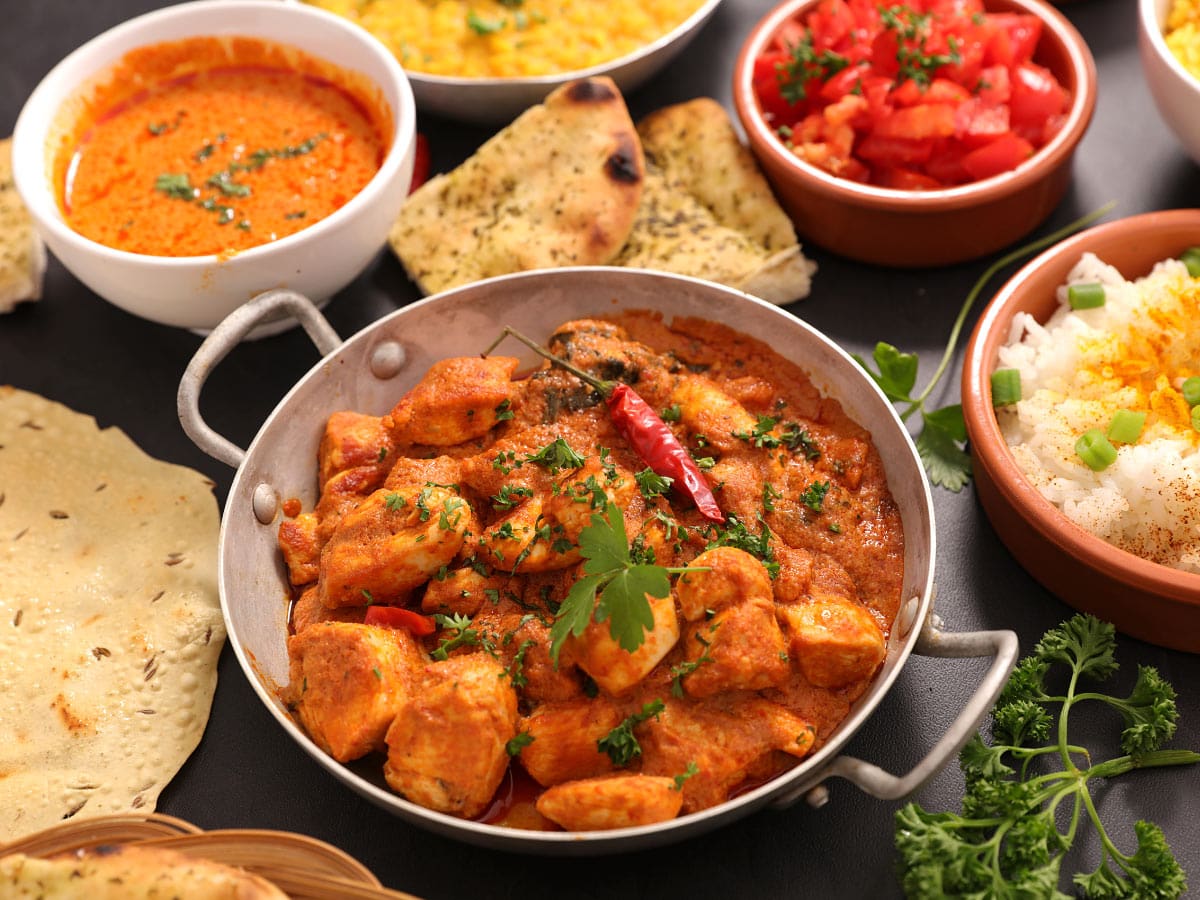
Introduction to desi food
Desi food, also known as South Asian cuisine, is renowned for its vibrant flavors, aromatic spices, and diverse range of dishes. Whether it's biryani, butter chicken, or samosas, desi food has a special place in the hearts of many food enthusiasts. However, once your mouthwatering desi food is delivered from a restaurant, the question arises: where should you store it to ensure its freshness and taste? This article will explore the importance of proper food storage, factors to consider when storing desi food, best practices, common mistakes to avoid, different storage options, tips for maintaining quality, and food safety guidelines.
Importance of proper food storage
Proper food storage is crucial to maintaining the quality, freshness, and safety of any cuisine, including desi food. When desi food is left at room temperature for an extended period, it becomes a breeding ground for bacteria, leading to foodborne illnesses. Additionally, proper storage can prevent the flavors from deteriorating, resulting in a less enjoyable dining experience. By storing desi food correctly, you can preserve its taste, texture, and aroma for a more extended period, ensuring that every bite is as delightful as the first.
Factors to consider when storing desi food
When it comes to storing desi food, several factors need to be considered to ensure optimal preservation. Firstly, it is essential to consider the ingredients used in the dish. Some desi dishes, such as curries or gravies, contain dairy products or perishable ingredients that require refrigeration. On the other hand, dry dishes, like biryani or pakoras, can be stored at room temperature. Secondly, the duration for which you plan to keep the food plays a crucial role. Refrigeration is sufficient if you intend to consume the dish within a day or two. However, for longer storage, freezing is the preferred option. Lastly, the type of packaging used by the restaurant also affects storage. If the food is delivered in un microwave-safe containers, it is advisable to transfer the food to the appropriate containers before storing it to ensure convenience and safety.
Best practices for storing desi food
To maximize the shelf life of your desi food and maintain its quality, following these best practices for storage is essential:
Storing desi food leftovers
Leftovers are common when enjoying desi food, and knowing how to store them properly is essential to avoid food wastage and maintain taste. When storing desi food leftovers, ensure they are cooled to room temperature within two hours of cooking. Divide the leftovers into individual portions and store them in airtight containers in the refrigerator. Leftovers can typically be safely consumed within 3-4 days when stored in the fridge. If you have a larger quantity or plan to store them for a more extended period, freezing is a better option. When freezing desi food leftovers, use freezer-safe containers or freezer bags, and consume within 2-3 months for the best quality.
Common mistakes to avoid when storing desi food
To ensure that your desi food remains fresh, safe, and flavorsome, it is vital to avoid common mistakes that can compromise its quality. One common mistake is leaving desi food at room temperature for too long before storing it. Bacteria can multiply between 40°F (4°C) and 140°F (60°C), also known as the "danger zone." Therefore, it is crucial to refrigerate or freeze the food promptly after delivery. Another mistake is storing desi food in the wrong type of containers. Using plastic containers that are not microwave-safe can lead to harmful chemicals leaching into the food when reheated. It is advisable to use glass or microwave-safe plastic containers to ensure safety. Lastly, forgetting to seal the containers properly can result in the loss of flavors and the absorption of odors from other foods in the refrigerator. Always double-check that the containers are tightly sealed to maintain the integrity of your desi food.
Different storage options for desi food
Home made desi food can be stored using different methods depending on the dish type and the storage duration. Refrigeration is suitable for short-term storage, typically up to 3-4 days. Ensure that desi food is stored in airtight containers to prevent the absorption of odors and maintain freshness. Freezing is ideal for longer storage, as it helps preserve the flavors and textures of desi food. When freezing, wrap the food tightly in freezer-safe packagings, such as aluminium foil or freezer bags, to prevent freezer burn. Vacuum sealing is another option that removes air from the packaging, extending the shelf life of the desi food. However, vacuum-sealed food should be consumed within a shorter time frame once opened.
Tips for maintaining the quality of desi food during storage.
Consider these tips to ensure that your desi food retains its quality during storage:
Consume the older portions before using the newer ones to ensure freshness.
Food safety guidelines for storing desi food
Adhering to food safety guidelines is paramount when storing desi food to prevent foodborne illnesses:
If you notice any signs of spoilage, such as an off smell, strange texture, or mold growth, discard the desi food immediately to avoid any health risks.
Conclusion: Enjoying desi food while ensuring its freshness and safety
In conclusion, storing desi food correctly is crucial to maintaining its freshness, taste, and safety. By considering factors such as ingredients, storage duration, and packaging, you can make informed decisions about the storage method. Following best practices, avoiding common mistakes, and utilizing different storage options will help preserve the quality of your desi food. Additionally, implementing tips for maintaining taste and adhering to food safety guidelines will ensure that you can enjoy desi food without compromising your health. So, the next time you have desi food delivered from a restaurant, store it carefully and savor every flavorful bite.